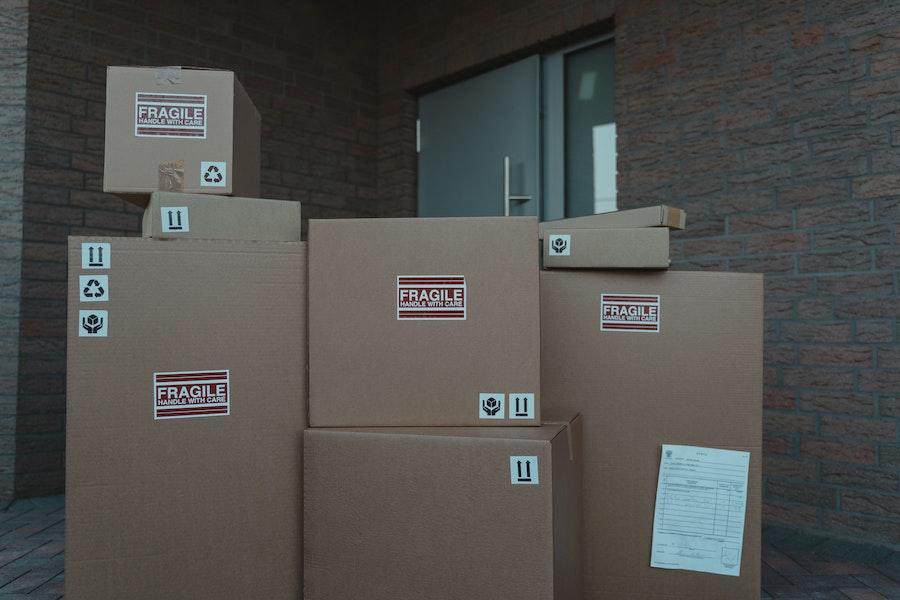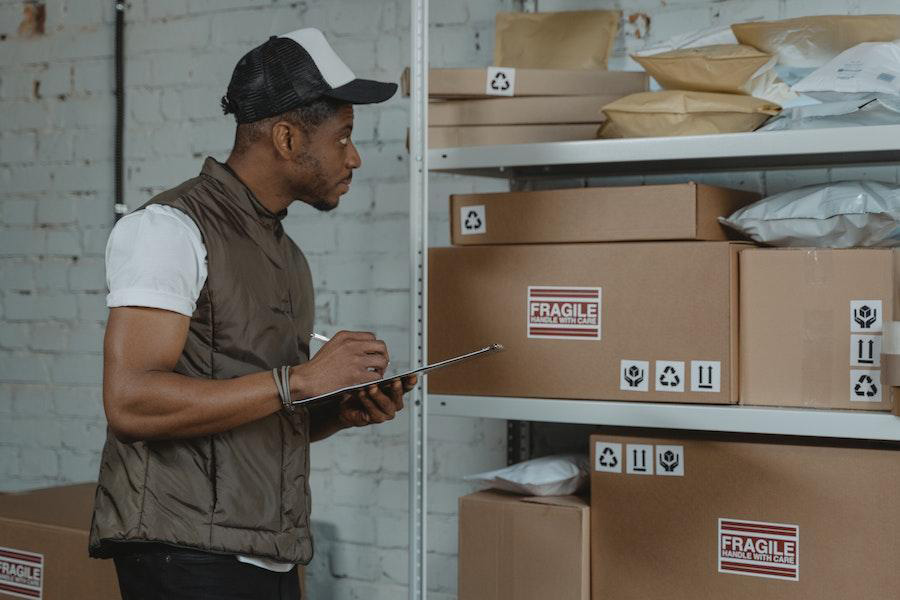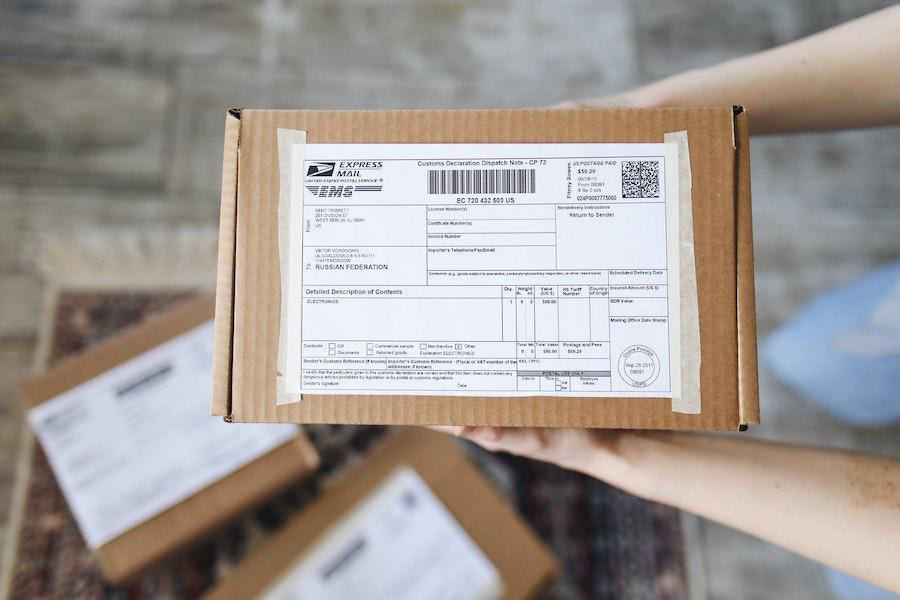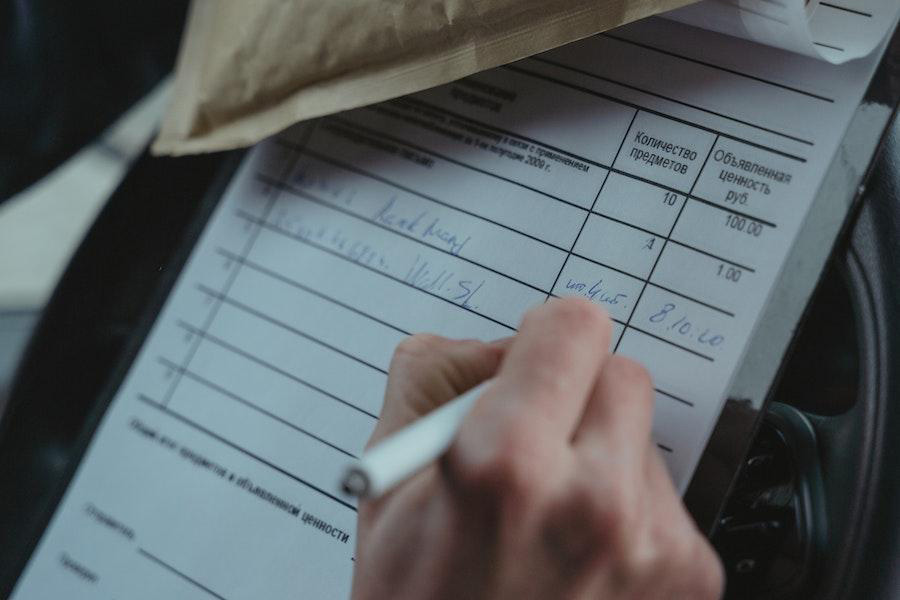De minimis rules majorly support businesses and individuals importing low-valued items so that their import costs are lower, and the process more simplified. After all, “De Minimis” is a Latin phrase that translates to “the law cares not for small things.”
The de minimis value for trade sets a threshold so goods under that value will not attract taxes or duties. It also reduces the administrative burden on Customs and import authorities.
This article will explain how de minimis works and the rules behind it.
Table of Contents
What is Section 321 exemption (a.k.a de minimis)?
The implications of de minimis for e-commerce
De minimis status and outlook
Final words
What is Section 321 exemption (a.k.a de minimis)?

The U.S describes de minimis in its statute, Section 321, 19, USC 1321, as a way to provide entry for goods free of any imposed taxes or detail. To be eligible, the aggregate fair retail value of goods shipped by one person on one day must not exceed the de minimis value threshold. Commodities below the de minimis value will also be free of many clearance procedures (i.e., an “informal entry”).
Value threshold
The de minimis value threshold varies according to country. The United States imposes duties on commodities above US $800. This value threshold used to be US $200 before 2016, but the U.S. government increased it under the Trade Facilitation and Trade Enforcement Act (TFTEA).
Benefits of the Section 321 exemption

The U.S exemption increase on the level of imported items helps facilitate trade, especially for medium- and small-sized businesses. It accelerates merchandise clearance and delivery, which, in the long run, benefits businesses and final customers.
In addition, an increased de minimis helps reduce the cost of importing low-value shipments into the U.S.
Another outcome of the increased de minimis threshold was the rising of fresh e-commerce B2C and B2B strategies, improving efficiency, output, and consumer consumption.
De minimis entry procedures

Businesses can import commodities valued at US $800 or less into the U.S. without “eManifest” or formal entry. However, if the situation demands an eManifest, including for the purpose of tracking hazardous waste shipments, the following procedure will apply to declare to the U.S. Customs and Border Protection (CBP) that there’s a Section 321 exempted item being entered.
- First, businesses must select the “Section 321” shipment type within the ACE eManifest.
- Then, they must enter their shipment control number for the import.
- Also, they must add commodity details, including a consignee, shipper, commodity, value, and country of origin.
- Finally, they must submit the eManifest to U.S. CBP.
Furthermore, importers must equip their carriers with the necessary Section 321 details and paperwork, which will need to be presented to the authority when requested.
The implications of de minimis for e-commerce
Significant growth of low-value e-commerce shipments in recent years

The e-commerce segment of the U.S. economy has witnessed significant growth in recent years. Morgan Stanley estimates the value of this segment at US $3.3 trillion and projects it to reach US $5.4 trillion by 2026. Consumer habits are evolving as more individuals enjoy the power of online purchases. These economic activity advancements fueled the increasing volume of low-value, just-in-time imports.
Consumers are not just buying online but also from foreign countries. According to McKinsey, 2020 saw a huge 9.3 billion cross-border orders, with 60% being intercontinental. After some decline, the e-commerce segment witnessed another surge, thanks to the sharp increase in international deliveries.
De minimis is a prominent factor, as more businesses are willing to ship low-value goods under the value threshold.
CBP’s Section 321 data pilots and Entry Type 86 test

Under the provision of Section 321, and in light of the significant growth in e-commerce low-value imports in recent years, US CBP introduced a voluntary Section 321 Data Pilot. Participants of this program can send specific data about potential Section 321 imports in advance.
This data pilot aims to improve U.S. CBP’s ability to target and analyze the security risks associated with Section 321 shipments. The program was initially planned to run for 2 years and will now run through August 2023 for continuous evaluation and risk assessment.
De minimis status and outlook
De minimis values worldwide
The de minimis value threshold varies according to the importing country. For example, in Australia, duties and taxes take effect after the first AU$1,000. For Canada, the de minimis value is generally CA$20.
Some other countries set their de minimis value as low as US $5. The average value in Europe is about US $190. Based on ITA reports, 56% of the global population have indicated that they would make more purchases if the duties were eliminated or reduced.
U.S. legislative updates/proposals to modify or eliminate de minimis exemption
H.R.6412 Import Security and Fairness Act
The section 321 exemption suffered some limitations under a proposed bill in 2022. The Import Security and Fairness Act (H.R. 6412) sought to exclude the use of de minimis rule by imports subject to Section 301 tariffs, in particular the hundreds of billion dollars worth of China imports.
Specifically, the act bans the use of Section 321 exemption for the following products:
- Goods that are subject to Section 232 and Section 301 enforcement actions.
- Commodities from non-market economies and on the U.S. Trade Representative’s intellectual property rights watch list.
- Goods from debarred or suspended importers.
- Merchandise covered by a single order forwarded via a distribution or processing facility.
Currently, this proposal is still in the introduction stage in the House and is yet to be passed by the House of Representatives.
H.R.4521 America Competes Act
The U.S. House of Representatives, in February 2022, approved the America Competes Act, having a wide range of trade-related provisions that significantly impact the trade community.
Again, the main goal was to limit the several risks, including the Section 321 exemption allowing billions worth of trade to go unnoticed. The bill made the following updates to modify de minimis:
- The act stops goods from non-market economies and on USTR’s watchlist from enjoying de minimis tariff and entry treatment.
- With this act, U.S. Customs will collect more information on de minimis shipment and block suspended or debarred importers.
This bill has passed the House and the Senate; it’s currently under resolving differences stage and is yet to be approved into law.
Outlook
Based on U.S. CBP’s official statistics, the total entry value reported under Section 321 exemption in 2021, based on BOLs, amounted toUS $771.5 million, a 21% increase from 2020.
Although de minimis presents a good opportunity for eligible businesses and consumers, it garners certain trade concerns for the U.S. government and industries. As a result, some legislative proposals have been introduced to modify the current Section 321 statute. While no immediate changes are anticipated, some of these modifications could eventually pass U.S. legislation.
Final words
The U.S. de minimis provision is a convenient mechanism to facilitate trade activities for smaller businesses. However, it is important to understand and correctly follow U.S. CBP’s requirements established for this program. Non-compliance costs can be high.

Looking for a logistics solution with competitive pricing, full visibility, and readily accessible customer support? Check out the Chovm.com Logistics Marketplace today.





 বাংলা
বাংলা Nederlands
Nederlands English
English Français
Français Deutsch
Deutsch हिन्दी
हिन्दी Bahasa Indonesia
Bahasa Indonesia Italiano
Italiano 日本語
日本語 한국어
한국어 Bahasa Melayu
Bahasa Melayu മലയാളം
മലയാളം پښتو
پښتو فارسی
فارسی Polski
Polski Português
Português Русский
Русский Español
Español Kiswahili
Kiswahili ไทย
ไทย Türkçe
Türkçe اردو
اردو Tiếng Việt
Tiếng Việt isiXhosa
isiXhosa Zulu
Zulu